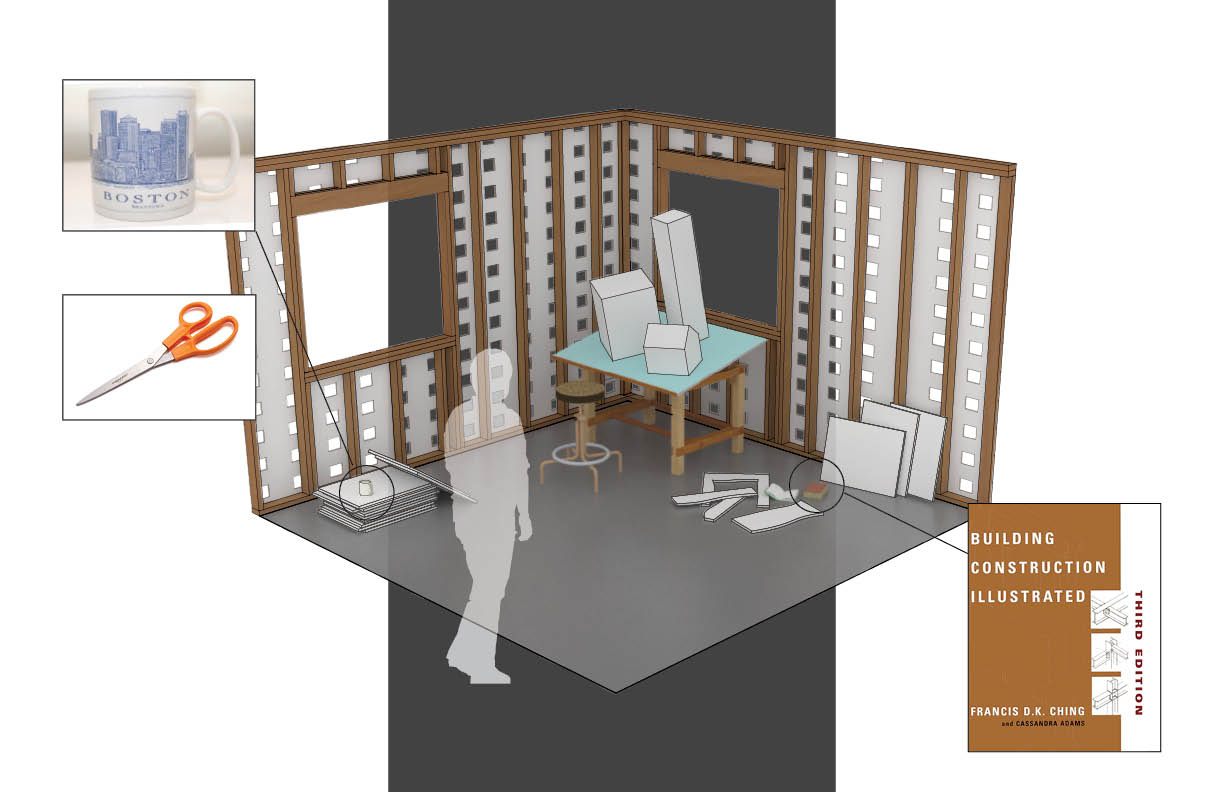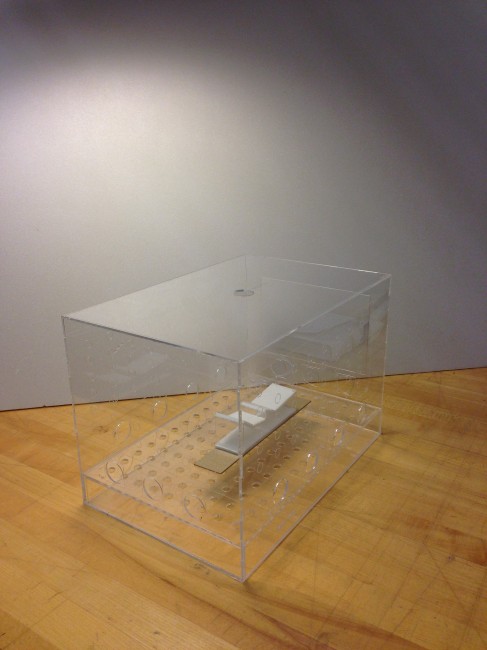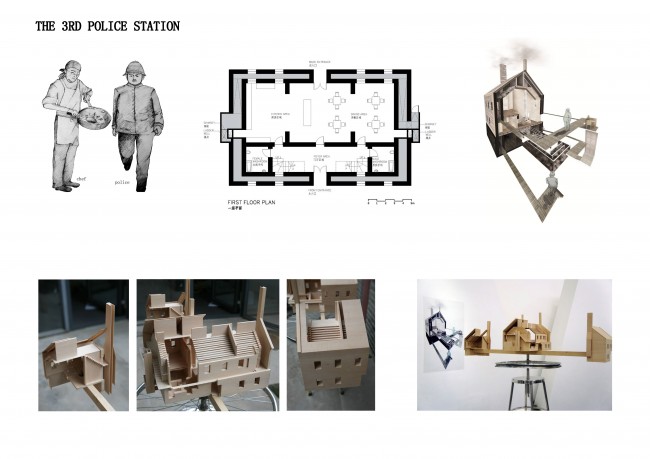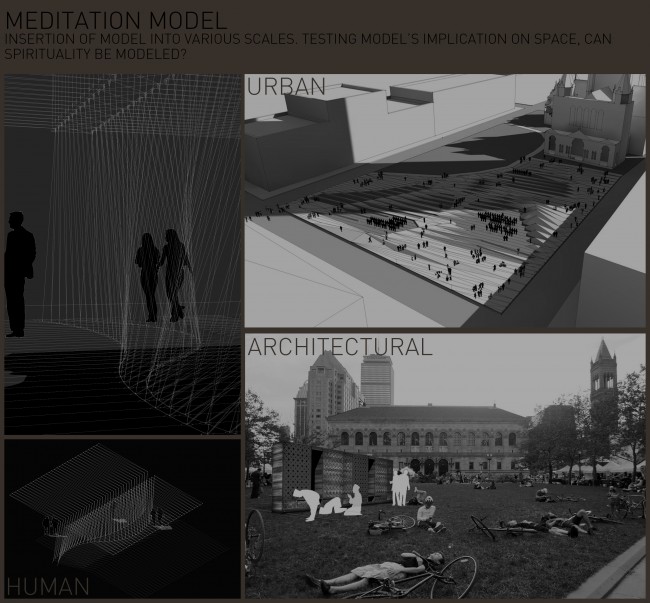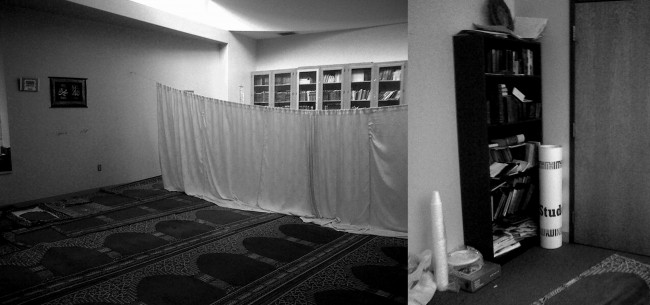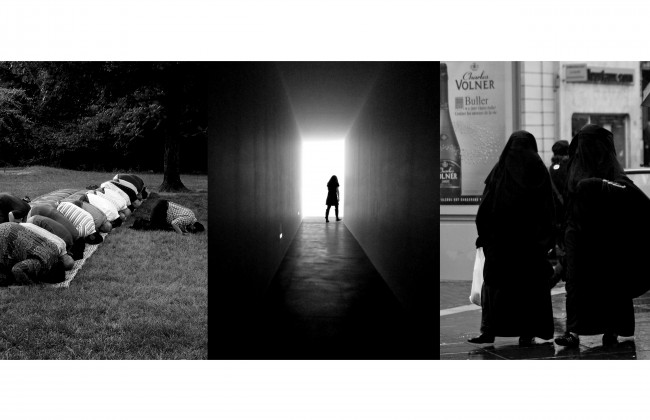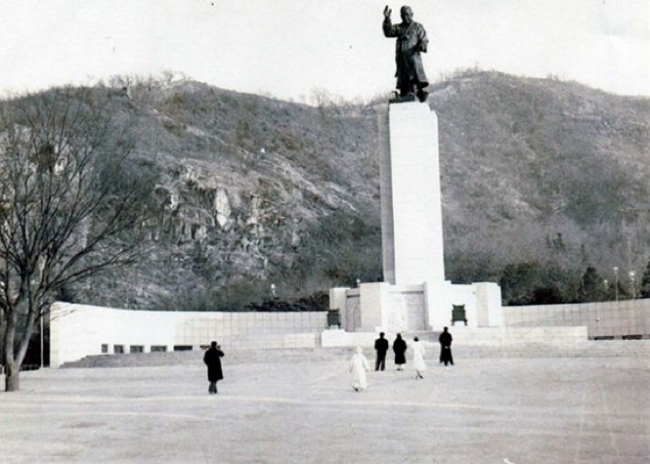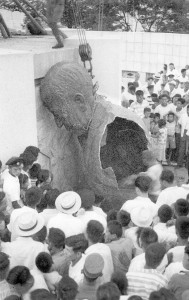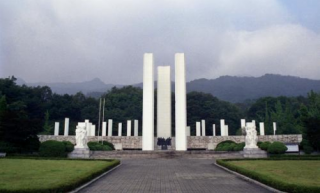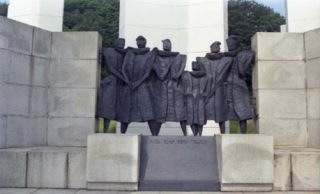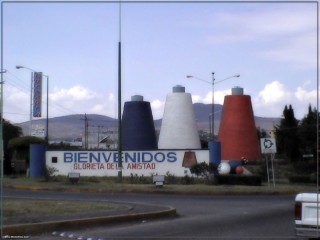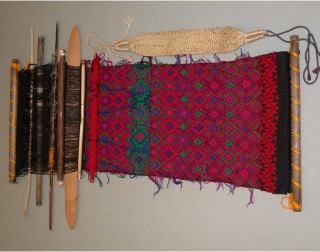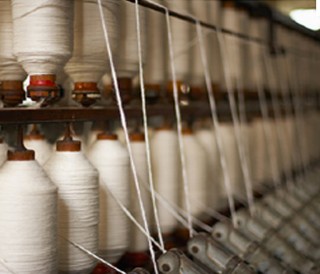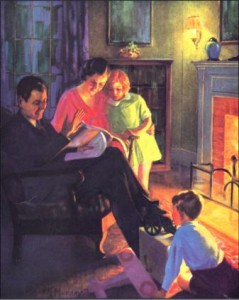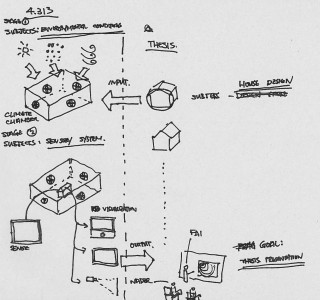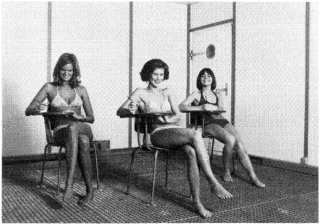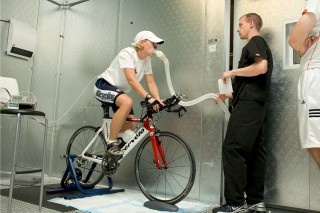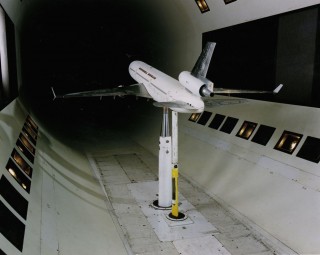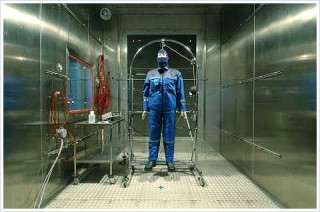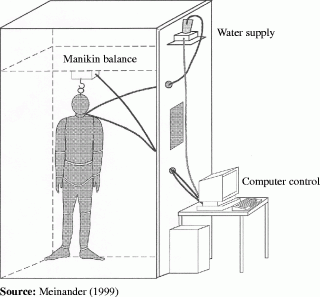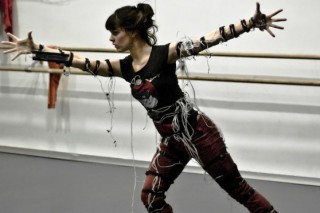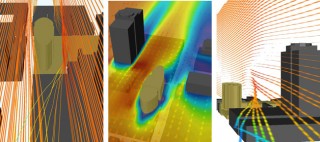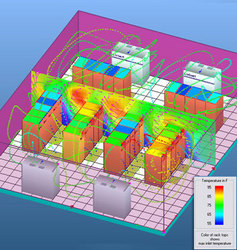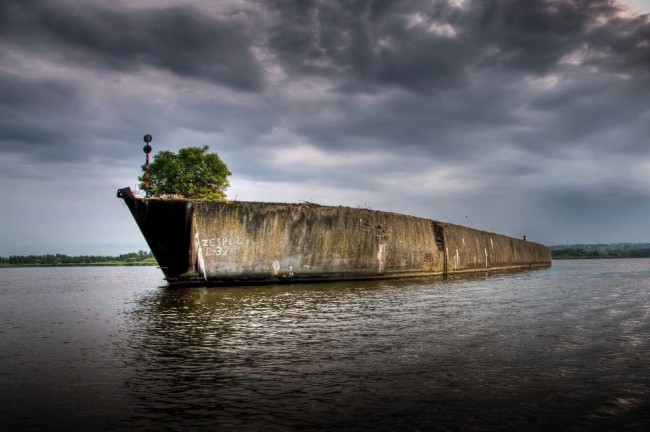I believe my presentation focused too much my process, rather than the final ephemera that I wish to critique. For instance, the discussion of toys was not meant to show an interest in exploring the notion of play, but instead to demonstrate a range of embedded restrictions of creation within representational tools. Although this was an important step for me in conceptualizing my work, it perhaps is not important to present as it seemed to take away from the greater subject. Also, I need to review the vocabulary I use in my project description as I was unaware that some terms I used (specifically “absurd”) may carry a critical definition than I had not intended.
Not only do I need to clarify the written/oral discussion of my work, but also the visual communication (the final execution) of the installation. After viewing the drawn perspectives and model I had created, I realized that my discussion was perhaps too subtly embedded in the objects — constricting the audience to only those with backgrounds in the building industry who could read the inaccuracies of the artifacts on display. I plan to explore ways I can at once simplify my display while also making it more extreme – thereby creating an easier and deeper connection with a greater audience.
